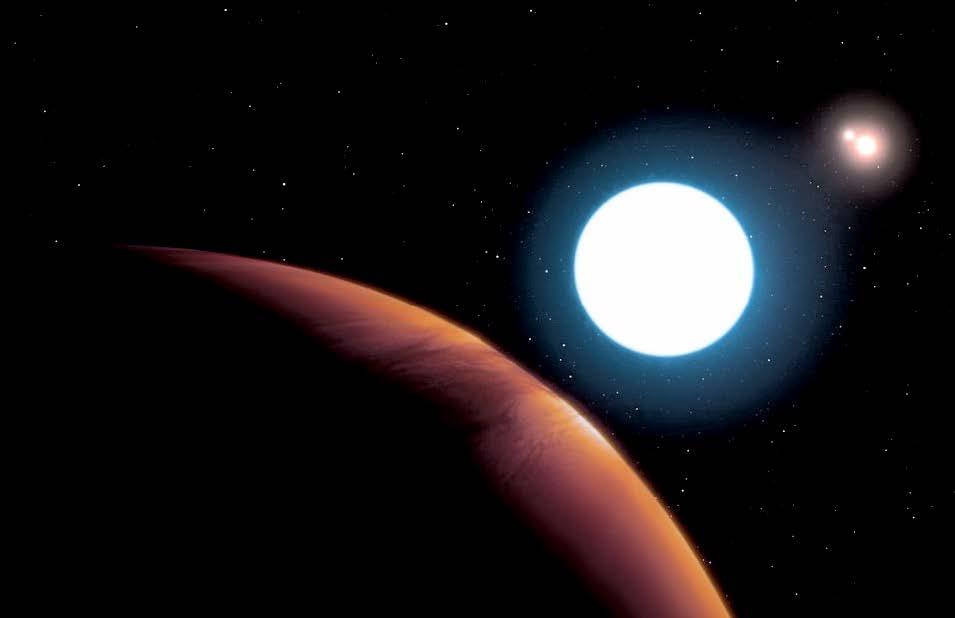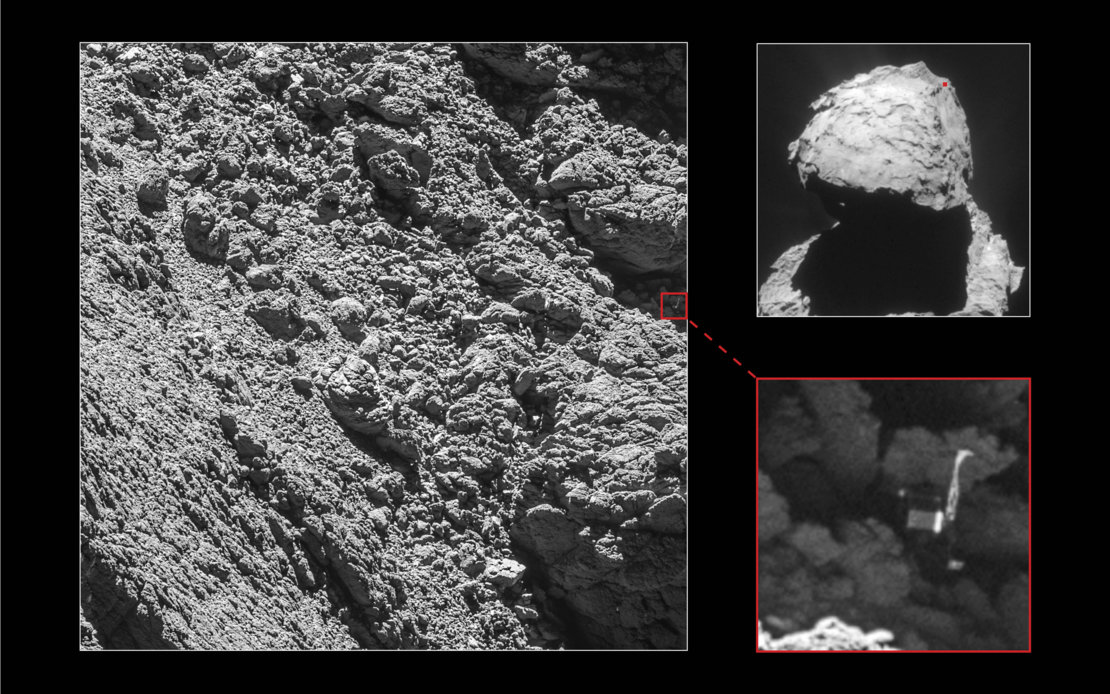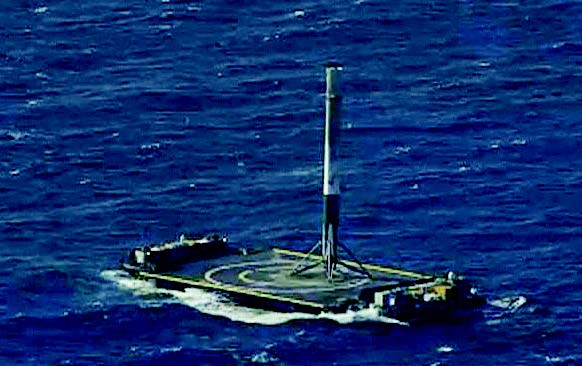
LONDON (TIP): Scientists have identified a young star in the Milky Way located almost 11,000 light years away from Earth and 30 times more massive than our Sun, which could help understand how the most massive stars form.
The star is still in the process of gathering material from its parent molecular cloud, and may be even more massive when it finally reaches adulthood, researchers said.
Led by a team at the University of Cambridge, researchers identified a key stage in the birth of the massive star, and found that these stars form in a similar way to much smaller stars like our Sun – from a rotating disc of gas and dust.
In our galaxy, massive young stars -those with a mass at least eight times greater than the Sun – are much more difficult to study than smaller stars.
This is because they live fast and die young, making them rare among the 100 billion stars in the Milky Way, and on average, they are much further away.
“An average star like our Sun is formed over a few million years, whereas massive stars are formed orders of magnitude faster – around 100,000 years,” said John Ilee from Cambridge’s Institute of Astronomy, the study’s lead author.
“These massive stars also burn through their fuel much more quickly, so they have shorter overall lifespans, making them harder to catch when they are infants,” Ilee said.
The protostar that researchers identified resides in an infrared dark cloud – a very cold and dense region of space which makes for an ideal stellar nursery.
However, this rich star-forming region is difficult to observe using conventional telescopes, since the young stars are surrounded by a thick, opaque cloud of gas and dust.
Using the Submillimetre Array
(SMA) in Hawaii and the Karl G Jansky Very Large Array (VLA) in New Mexico, which use long wavelengths of light to observe the sky, researchers were able to ‘see’ through the cloud into the stellar nursery itself.
By measuring the amount of radiation emitted by cold dust near the star, and by using unique fingerprints of various different molecules in the gas, the researchers were able to determine the presence of a ‘Keplerian’ disc – one which rotates more quickly at its centre than at its edge.
“This type of rotation is also seen in the solar system – the inner planets rotate around the Sun more quickly than the outer planets,” said Ilee.
“It’s exciting to find such a disc around a massive young star, because it suggests that massive stars form in a similar way to lower mass stars, like our Sun,” he said.
From these observations, the team measured the mass of the protostar to be over 30 times the mass of the Sun.
In addition, the disc surrounding the young star was also calculated to be relatively massive, between two and three times the mass of our Sun.
The study was published in the journal Monthly Notices of the Royal Astronomical Society.





Be the first to comment